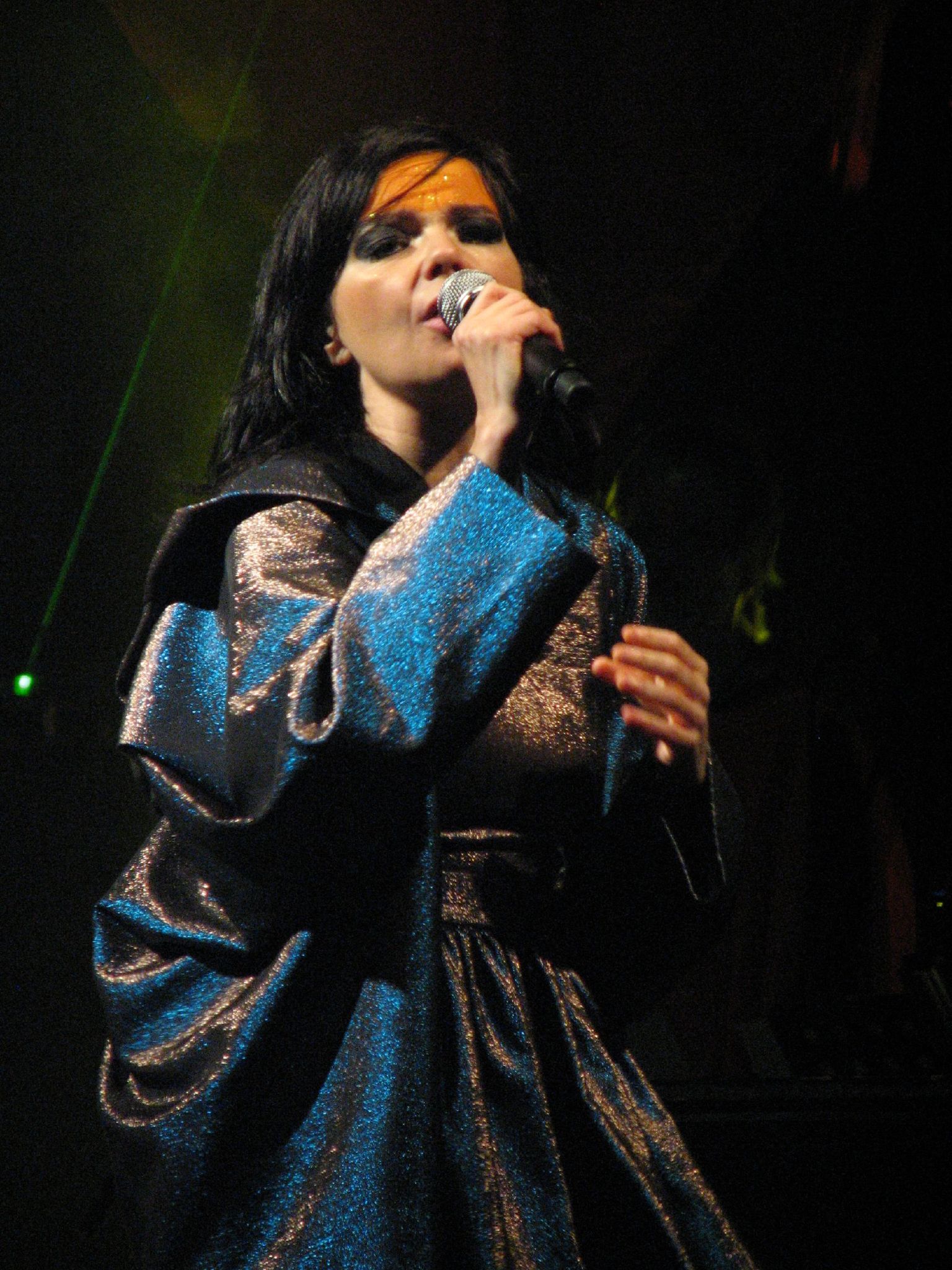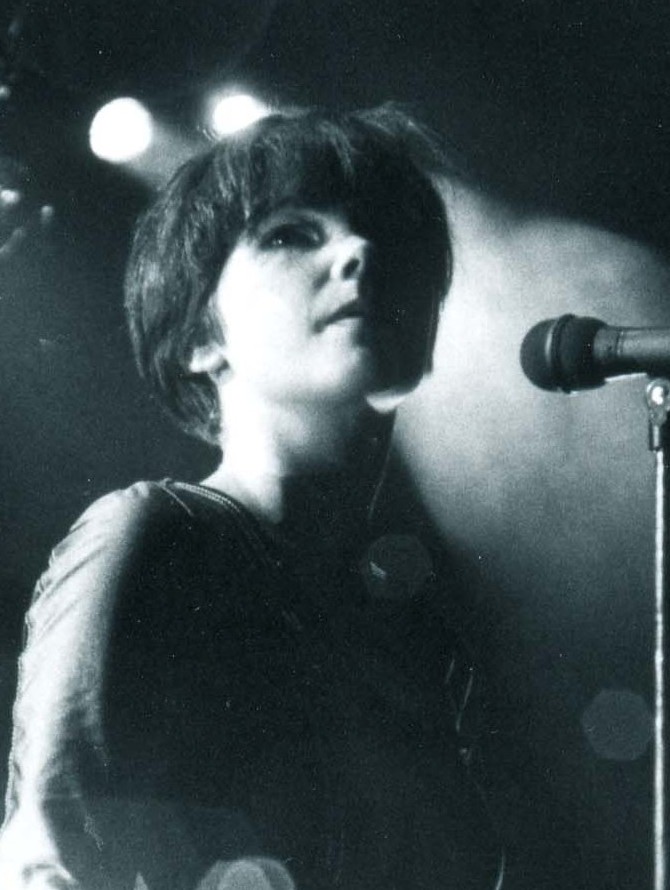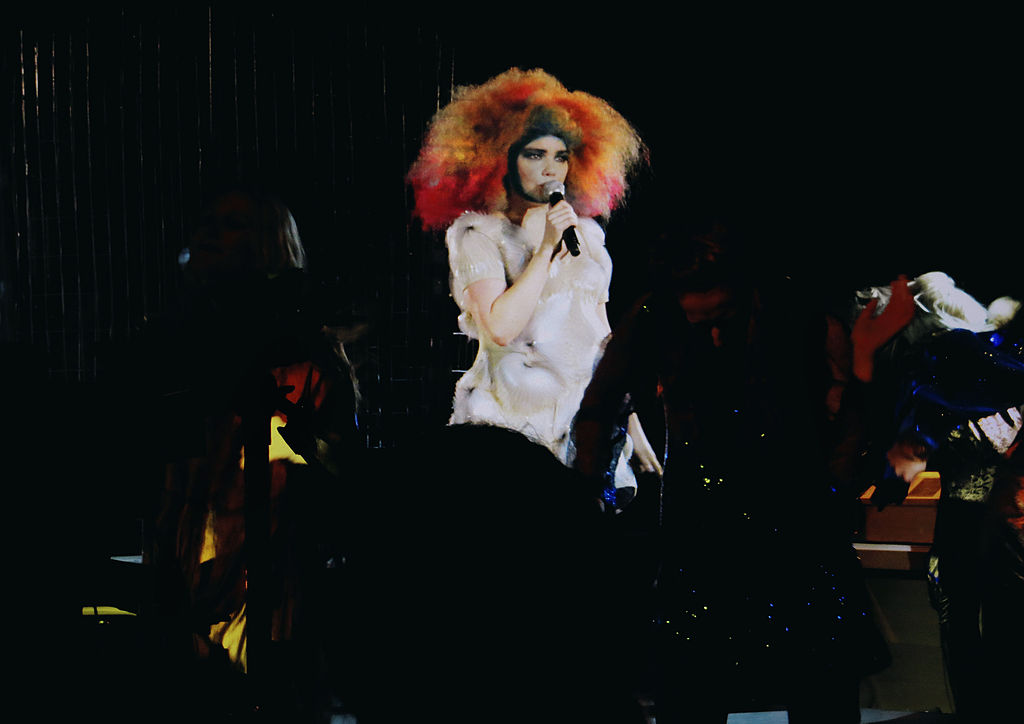
Few artists embody the spirit of constant reinvention as much as Björk Guðmundsdóttir. For more than four decades, the Icelandic singer, songwriter, producer, and visual innovator has built a body of work that is as experimental as it is emotional, blending electronic textures with orchestral arrangements, natural soundscapes, and deeply personal storytelling.
To speak about Björk is not just to speak about music—it’s to explore an entire world where technology, art, and humanity collide.
Early Life and Beginnings
Born in Reykjavík, Iceland in 1965, Björk grew up surrounded by the island’s dramatic landscapes—glaciers, volcanoes, and endless seas. These elements seeped into her artistic DNA, later becoming central metaphors in her music.
Her first public recognition came at age 11 with a self-titled debut album (Björk, 1977). Though rooted in covers and traditional songs, it hinted at her eclecticism. Through her teenage years, she performed in punk, jazz fusion, and avant-garde groups like Tappi Tíkarrass and The Sugarcubes, the latter gaining international attention in the late 1980s with their playful post-punk sound.
But it was Björk’s solo career, beginning in the early 1990s, that truly defined her as one of the most innovative voices in electronic music.
Embracing Electronica: A Sonic Revolution
When Björk launched her first adult solo album, Debut (1993), she positioned herself as a pioneer. Collaborating with producers like Nellee Hooper, she merged house, trip-hop, and jazz with her unique vocal style. Songs like Human Behaviour and Venus as a Boy were unlike anything else in the mainstream at the time—delicate yet powerful, experimental yet pop.
Her follow-up, Post (1995), went even further. With tracks like Army of Me and Hyperballad, Björk embraced industrial textures, glitchy beats, and cinematic arrangements. The record positioned her firmly at the cutting edge of 1990s electronica, while her striking music videos (with directors like Michel Gondry and Spike Jonze) cemented her as a multimedia visionary.
Notable Albums and Phases
- Homogenic (1997)
A defining album in her catalog, Homogenic combined sweeping Icelandic strings with brutal electronic beats, courtesy of producers like Mark Bell of LFO. Tracks such as Jóga and Bachelorette presented a vision of music that was both organic and machine-driven—a true symbiosis. - Vespertine (2001)
An intimate and whisper-soft record that leaned heavily on microbeats and glitch aesthetics. Collaborators like Matmos helped her weave digital textures that felt fragile and tactile. Songs like Hidden Place and Pagan Poetry remain some of her most cherished. - Medúlla (2004)
A bold experiment that stripped away instruments, relying almost entirely on vocal sounds—human voices manipulated electronically, including beatboxing by Rahzel and contributions from experimental vocalists. - Biophilia (2011)
A multimedia project that fused science, nature, and technology. Released alongside interactive apps, Biophilia was an exploration of how electronic music could extend into digital education and new forms of artistic experience. - Vulnicura (2015)
A deeply personal, emotionally raw album dealing with heartbreak, produced in collaboration with Arca. The fusion of orchestral strings and fractured electronic production showcased how Björk could channel vulnerability into sonic architecture. - Fossora (2022)
Inspired by themes of motherhood, grief, and ecology, Fossora blended choral arrangements with harsh electronic bass clarinets and deep techno pulses. It was both grounded and futuristic, organic yet digital—a hallmark of her career.
Beyond Music: A Cultural Icon
Björk’s artistry has never been confined to albums. She has collaborated with fashion designers like Alexander McQueen and Iris van Herpen, appeared in the avant-garde film Dancer in the Dark (winning Best Actress at Cannes), and pioneered new multimedia formats.
Her music videos are often as celebrated as her songs—All Is Full of Love (directed by Chris Cunningham) remains one of the most iconic music videos in electronic and visual art history.
Even her live performances transcend concert norms, incorporating elaborate costumes, immersive visuals, and unconventional stage design.
Influence and Legacy
Björk’s role in shaping electronica cannot be overstated. At a time when electronic music was often framed as cold, mechanical, or club-oriented, she brought emotional depth and lyrical intimacy.
Artists across genres—from FKA twigs, Arca, and Fever Ray to mainstream figures like Lady Gaga and Radiohead—cite her as a key influence.
Her refusal to compromise, her constant reinvention, and her willingness to merge technology with human emotion have made her a true visionary.
Final Thoughts
Björk’s career is a testament to the possibilities of electronica as art. She reminds us that electronic music is not just about beats or genres—it’s a canvas for human experience. Whether whispering in glitchy intimacy, roaring with orchestral-electronic drama, or designing multimedia ecosystems, she continues to expand the definition of what music can be.
As she herself once said:
“I don’t expect people to understand what I do. I do expect them to open their ears.”
In 2025, her work remains as vital, challenging, and transformative as ever.
By Jenue,
writer and curator at Electronica Site, tracing the quiet pulse of modern electronic sound.



Questions, collabs, or just vibes? Hit us up
email: nica@electronica.site